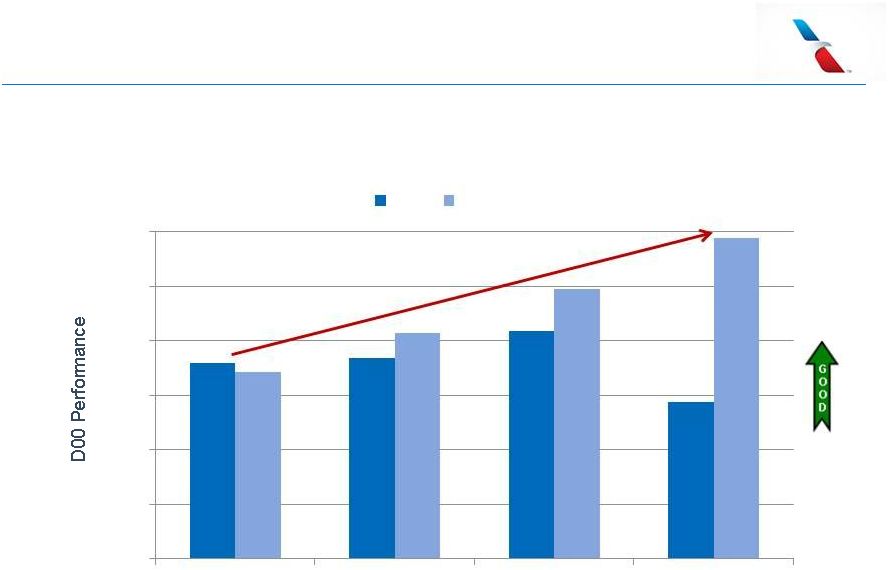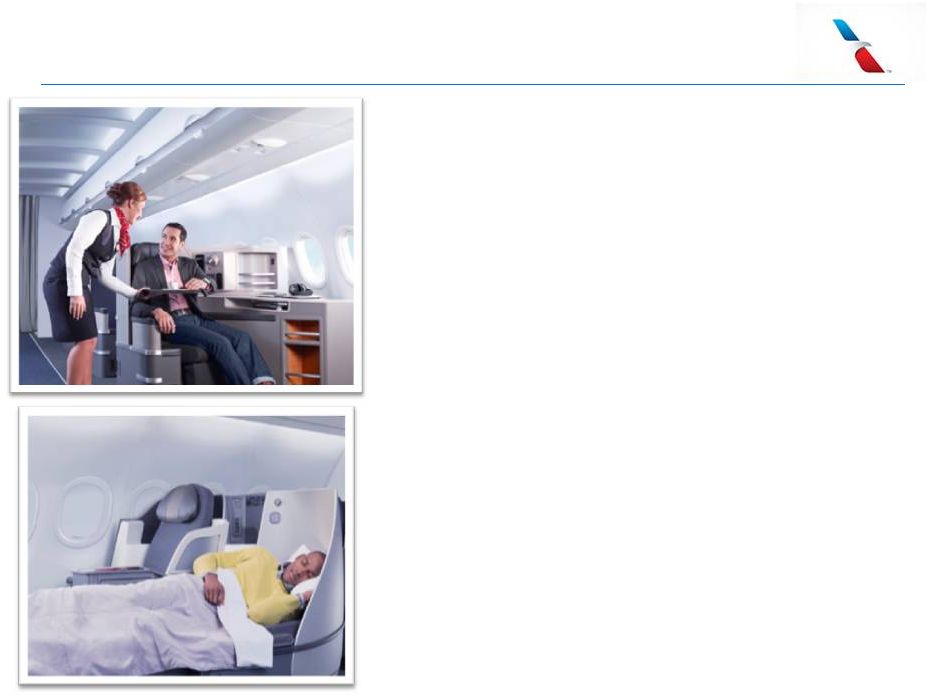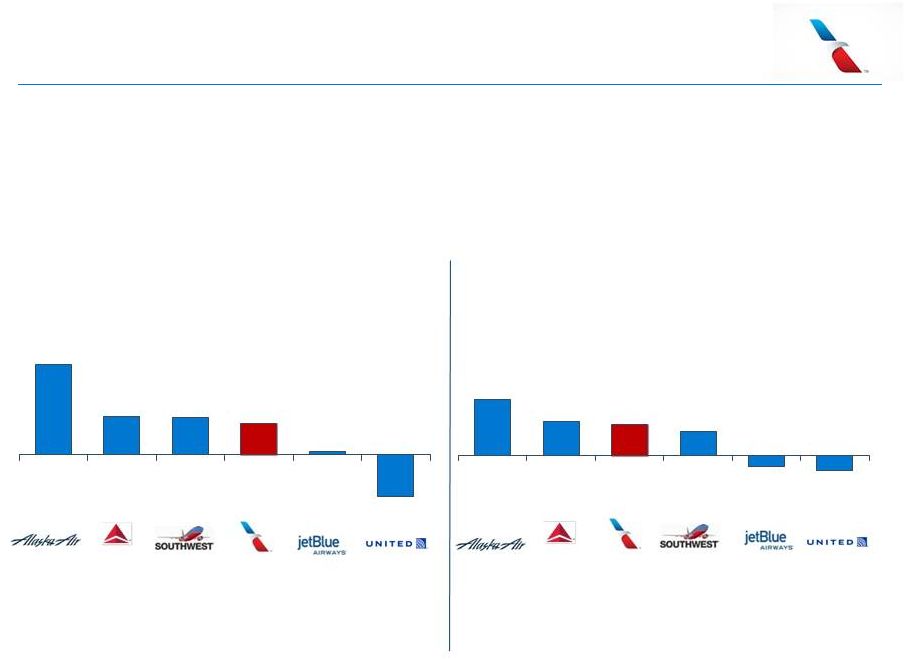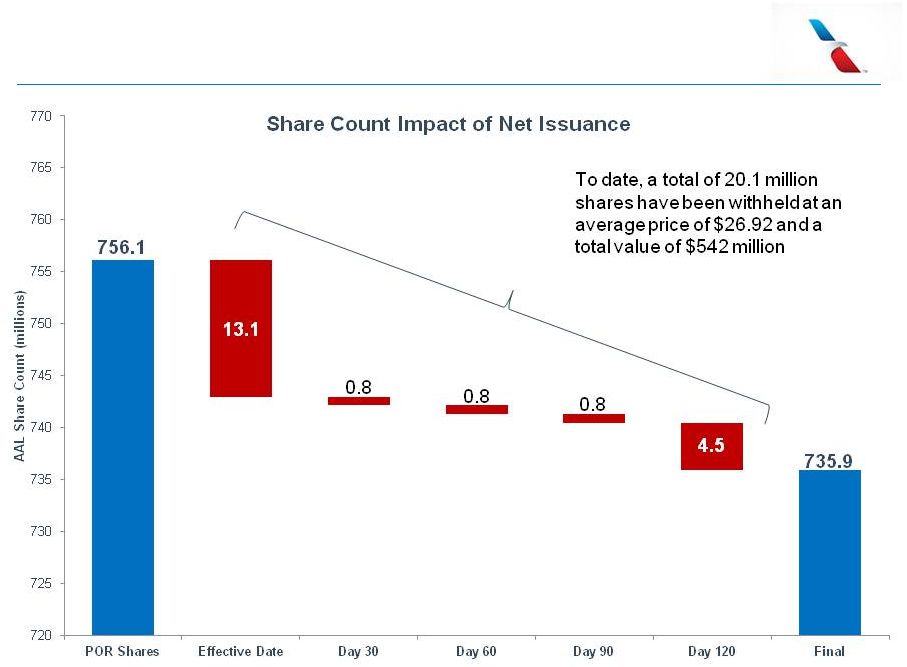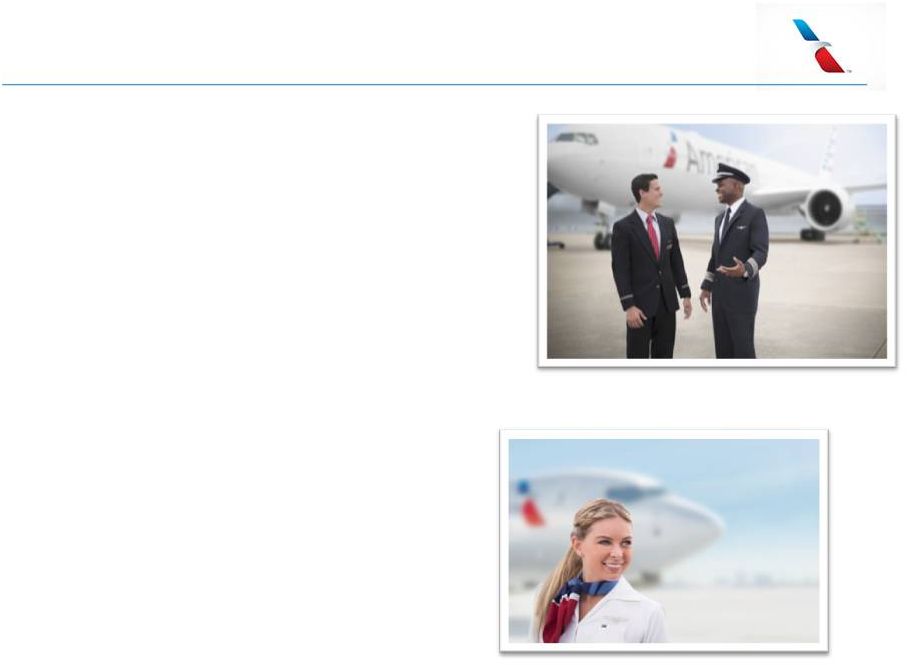Cautionary Statement Regarding Forward-Looking Statements and Information This document includes forward-looking statements within the meaning of the Private Securities Litigation Reform Act of 1995. These forward-looking statements may be identified by words such as “may,” “will,” “expect,” “intend,” “anticipate,” “believe,” “estimate,” “plan,” “project,” “could,” “should,” “would,” “continue,” “seek,” “target,” “guidance,” “outlook,” “if current trends continue,” “optimistic,” “forecast” and other similar words. Such statements include, but are not limited to, statements about future financial and operating results, our plans, objectives, estimates, expectations and intentions, and other statements that are not historical facts. These forward-looking statements are based on the current objectives, beliefs and expectations of the Company, and they are subject to significant risks and uncertainties that may cause actual results and financial position and timing of certain events to differ materially from the information in the forward-looking statements. The following factors, among others, could cause actual results and financial position and timing of certain events to differ materially from those described in the forward-looking statements: significant operating losses in the future; downturns in economic conditions that adversely affect the Company’s business; the impact of continued periods of high volatility in fuel costs, increased fuel prices and significant disruptions in the supply of aircraft fuel; competitive practices in the industry, including the impact of low cost carriers, airline alliances and industry consolidation; the challenges and costs of integrating operations and realizing anticipated synergies and other benefits of the merger transaction with US Airways Group, Inc.; the Company’s substantial indebtedness and other obligations and the effect they could have on the Company’s business and liquidity; an inability to obtain sufficient financing or other capital to operate successfully and in accordance with the Company’s current business plan; increased costs of financing, a reduction in the availability of financing and fluctuations in interest rates; the effect the Company’s high level of fixed obligations may have on its ability to fund general corporate requirements, obtain additional financing and respond to competitive developments and adverse economic and industry conditions; the Company’s significant pension and other post-employment benefit funding obligations; the impact of any failure to comply with the covenants contained in financing arrangements; provisions in credit card processing and other commercial agreements that may materially reduce the Company’s liquidity; the limitations of the Company’s historical consolidated financial information, which is not directly comparable to its financial information for prior or future periods; the impact of union disputes, employee strikes and other labor-related disruptions; any inability to maintain labor costs at competitive levels; interruptions or disruptions in service at one or more of the Company’s hub airports; any inability to obtain and maintain adequate facilities, infrastructure and slots to operate the Company’s flight schedule and expand or change its route network; the Company’s reliance on third-party regional operators or third-party service providers that have the ability to affect the Company’s revenue and the public’s perception about its services; any inability to effectively manage the costs, rights and functionality of third-party distribution channels on which the Company relies; extensive government regulation, which may result in increases in the Company’s costs, disruptions to the Company’s operations, limits on the Company’s operating flexibility, reductions in the demand for air travel, and competitive disadvantages; the impact of the heavy taxation to which the airline industry is subject; changes to the Company’s business model that may not successfully increase revenues and may cause operational difficulties or decreased demand; the loss of key personnel or inability to attract and retain additional qualified personnel; the impact of conflicts overseas, terrorist attacks and ongoing security concerns; the global scope of the Company’s business and any associated economic and political instability or adverse effects of events, circumstances or government actions beyond its control, including the impact of foreign currency exchange rate fluctuations and limitations on the repatriation of cash held in foreign countries; the impact of environmental regulation; the Company’s reliance on technology and automated systems and the impact of any failure of these technologies or systems; challenges in integrating the Company’s computer, communications and other technology systems; costs of ongoing data security compliance requirements and the impact of any significant data security breach; losses and adverse publicity stemming from any accident involving any of the Company’s aircraft or the aircraft of its regional or codeshare operators; delays in scheduled aircraft deliveries, or other loss of anticipated fleet capacity, and failure of new aircraft to perform as expected; the Company’s dependence on a limited number of suppliers for aircraft, aircraft engines and parts; the impact of changing economic and other conditions beyond the Company’s control, including global events that affect travel behavior such as an outbreak of a contagious disease, and volatility and fluctuations in the Company’s results of operations due to seasonality; the effect of a higher than normal number of pilot retirements and a potential shortage of pilots; the impact of possible future increases in insurance costs or reductions in available insurance coverage; the effect of several lawsuits that were filed in connection with the merger transaction with US Airways Group, Inc. and remain pending; an inability to use NOL carryforwards; any impairment in the amount of goodwill the Company recorded as a result of the application of the acquisition method of accounting and an inability to realize the full value of the Company’s and American Airlines’ respective intangible or long-lived assets and any material impairment charges that would be recorded as a result; price volatility of the Company’s common stock; delay or prevention of stockholders’ ability to change the composition of the Company’s board of directors and the effect this may have on takeover attempts that some of the Company’s stockholders might consider beneficial; the effect of provisions of the Company’s Certificate of Incorporation and Bylaws that limit foreign owners’ ability to vote and own its equity interests, including its common stock, its preferred stock and convertible notes; the effect of limitations in the Company’s Certificate of Incorporation on acquisitions and dispositions of its common stock designed to protect its NOL carryforwards and certain other tax attributes, which may limit the liquidity of its common stock; and other economic, business, competitive, and/or regulatory factors affecting the Company’s business, including those set forth in the Company’s filings with the SEC, especially in the “Risk Factors” and “Management’s Discussion and Analysis of Financial Condition and Results of Operations” sections of the Company’s quarterly report on Form 10-Q for the period ended March 31, 2014, current reports on Form 8-K and other SEC filings. Any forward-looking statements speak only as of the date hereof or as of the dates indicated in the statements. The Company does not assume any obligation to publicly update or supplement any forward-looking statement to reflect actual results, changes in assumptions or changes in other factors affecting these forward-looking statements except as required by law. | 


